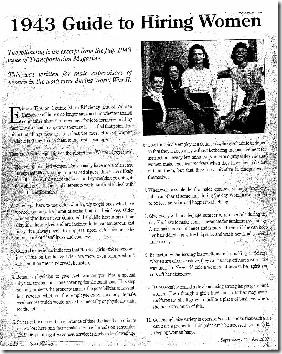Sometimes I just want to punch in the proverbial time card and go home and do the rest of my life. Or sometimes the next project or task slams right into me and there's no time to breath.
But how lame is that?
When this kind of grueling, work cycle hits, aren't you in danger? Not just of burnout, but of being stuck in the mode of repeating the same mistakes again and again? Of continuing to do the same crappy job, because you know how to crank out that kind of crap in the necessary time frame?
How does one build learning into work -- how do you build learning into work -- when you just don't feel like you have the time?
Here's some of what I've been trying lately, in an effort not to let some important lessons slip by -- in an effort to keep the passion and NOT enter burnout land:
Take notes. Instead of just relying on my faulty memory ("Oh, there's no way I'll forget that..."), I've been taking notes: In my paper notebook, in Google Notebooks, an occasional Jott to myself. Things I could've/should've/would've done differently, if only...Ideally, I'd blog about my experiences more, but frankly, I just haven't had the time.
Verbalize. Speak the mistakes out loud to other teammates, if I can. This helps internalize it.
Be open. Always try to learn from the mistakes; don't just brush them under the rug and pretend they didn't happen. They did. [I've been working on a knitting project for the past few months and have learned more undoing stitches and fixing mistakes, than anything else. Some mistakes I've left in the piece -- humble reminders of my own imperfection. That, and some things just aren't worth going back to fix -- but at least I can understand what I did wrong all those rows ago].
Take time off. Create a light at the end of your tunnel. I've got a maternity leave to look forward to pretty soon. A different kind of focus, a lot of opportunity to make different kinds of mistakes, but it will be a change in pace. If I didn't have that on the books, I'd certainly need some time off...
What else?
- Read blogs (yes, but I haven't had the time to focus -- instead I skim -- not nearly as satisfying...)
- Lessons learned meetings (do people still do this? We talk about it, but there's rarely the time. Suggestions?)
This post was written rather hastily as a humble contribution to the April 2008 Working/Learning Blog Carnival. Be sure to check out all the other great contributions!
